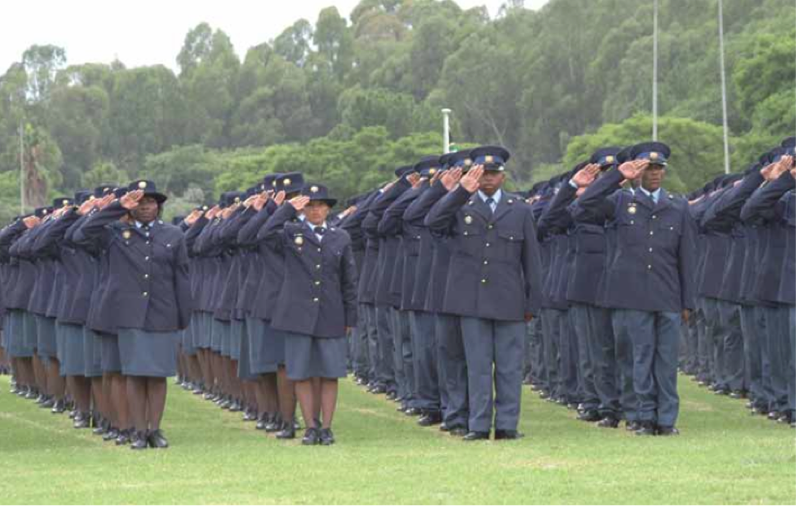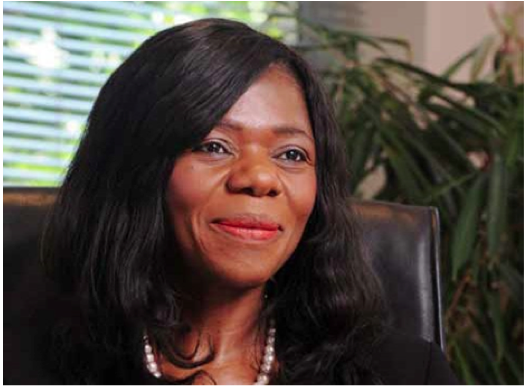Eighteen years into democracy, South Africans have more access to the justice system than ever before.
 Government has also stepped up efforts to ensure the safety of all the country’s citizens, making safety and security one of its priorities.
Government has also stepped up efforts to ensure the safety of all the country’s citizens, making safety and security one of its priorities.
Under the Ministry of Justice and Constitutional Development, more courts have been built, 143 Bills passed and bodies set up to ensure that justice is upheld.
After visiting courts in 1999, the then Minister of Justice and Constitutional Development Penuell Maduna allocated R145 million for the construction of new court buildings.
By 2000, 88 new courtrooms were constructed, mostly in previously disadvantaged rural areas.
The department also improved the functioning of equality courts, small claims court, community courts and the master’s office.
By 2012, 240 small claims courts had been established throughout the country to fast track the resolution of financial disputes.
Small claims courts deal with disputes such as money lent between individuals, claims over property, occupation of property, promissory notes and credit agreements.
According to the department, there are now 35 small claims courts in the Eastern Cape, 33 in the Free State, 26 in Gauteng, 30 in KwaZulu-Natal, 27 in Limpopo, 26 in Mpumalanga, 19 in the Northern Cape, 18 in North West and 26 in the Western Cape.
Claims can be lodged against individuals and companies, but not against the state. Small claims courts hear civil matters involving amounts of not more than R12 000.
Saturday courts
 The department’s efforts to increase access to justice were hampered by the long list of cases that needed to be heard in court.
The department’s efforts to increase access to justice were hampered by the long list of cases that needed to be heard in court.
To address the problem of backlogs, in 2001 the department introduced Saturday and additional courts.
Additional courts handled 14 935 cases for the period April 2003 to March 2004 while Saturday courts handled 8 714 cases. Seventy-two courts participated in the project in 2003.
In her 2004/5 budget vote, the former Minister of Justice Brigitte Mabandla, said a total of 75 214 cases were handled by Saturday and additional courts from February 2001 to March 2004. Additional courts were eventually scaled down and Saturday courts are used in exceptional circumstances.
During the late 1990s and early 2000s, the department was restructured to improve service delivery. As a result of this restructuring, new bodies were established.
These included the National Prosecuting Authority, which was established in 1998, the Office of the Public Protector in 1995, the As- set Forfeiture Unit in 1999, the South African Human Rights Commission in 1996 and the Commission on Gender Equality in 1996.
Public Protector
The Office of the Public Protector was established to investigate complaints from members of the public related to improper conduct in all state affairs.
These complaints include the abuse of state resources, abuse of power, maladministration, corruption and service delivery matters including the failure to provide basic services such as housing, water, social security and quality healthcare.
There are nine provincial offices and 10 regional offices excluding the national office.
The target for the Early Resolution Branch of the Public Protector, which deals urgent matters in which complainants face losing their sources of income or properties as a result of acts or omissions of the state, is to resolve cases within three months.
The Service Delivery, Good Governance and Integrity units, which usually deals with complicated matters that require a fully-fledged investigation, aims to resolve cases within six months.
Public Protector Thuli Madonsela said that during the 2011/2012 financial year her office finalised 16 763 cases of the 20 626 handled.
Earlier this year, the office recruited 100 trainees aimed at bolstering the investigative capacity due to the demand for services offered by the office.
Comforting rape survivors
Efforts have also been made to ensure that victims of crime are treated with respect.
Government has over years established more Thuthuzela Care Centres across the country. The centres were launched to help victims of sexual and domestic abuse find temporary shelter while lasting solutions are being sought.
The centres offer victims of sexual abuse various services including:
- Comfort from a site coordinator or nurse.
- An explanation of how the medical examination will be conducted and what clothing might be taken for evidence.
- A nurse in the examination room.
- After the medical examination, a bath or shower
- A social worker or nurse to offer counselling.
- A referral letter or appointment for long-term counselling.
Targeting sex crimes
Delivering his 2013 State of the Nation Address, President Jacob Zuma said he had directed law enforcement agencies to treat cases of sexual violence with the utmost urgency and importance.
In 2010, the Family Violence, Child Protection and Sexual Offences Units, were re-established and its staff increased.
President Zuma said the units secured over 363 life sentences, with a conviction rate of 73 per cent for crimes against women above 18 years old and 70 per cent for crimes against children under 18 years of age.
Government is adding other mechanisms to protect women, such as the Protection from Harassment Bill.
While the Domestic Violence Act also pro- vides protection, it only applies to persons who are in a domestic relationship.
Judiciary
Minister of Justice and Constitutional Development, Jeff Radebe said government was in talks with the judiciary to prioritise sexual offences cases.
“I am in discussion with the judiciary to en- sure that sexual offences cases are placed on a prioritised roll and that we strengthen the case flow management system to ensure that the chain from investigation to trial stage is water-tight,” the Minister said recently.
The move comes as incidents of rape and violence against women are, according to Minister Radebe, “reaching alarming proportions”.
“We are moving steadfast to combat this barbaric conduct by merciless perpetrators who show no respect to the right of women to enjoy the freedom of their security.
“We have taken a conscious decision to re- establish Sexual Offences Courts to complement the work of the Sexual Offences Unit in the police,” he said.
More police officers
For its part, the South African Police Service (SAPS) has also been hard at work trying to make South Africa a safer place.
In 1994, when South Africa became an internationally accepted democracy, many changes were introduced. One of those changes had a substantial impact on policing and resulted in the birth of SAPS.
Prior to this, there were 10 homeland policing agencies.
Over the years, SAPS has put more police officers on the street to protect citizens.
According to the SAPS website, there were 120 083 sworn in police officers in 1995, 10.5 per cent of which was women.
The service has now increased its work- force to 155 964.

 Facebook
Facebook Twitter
Twitter WhatsApp
WhatsApp